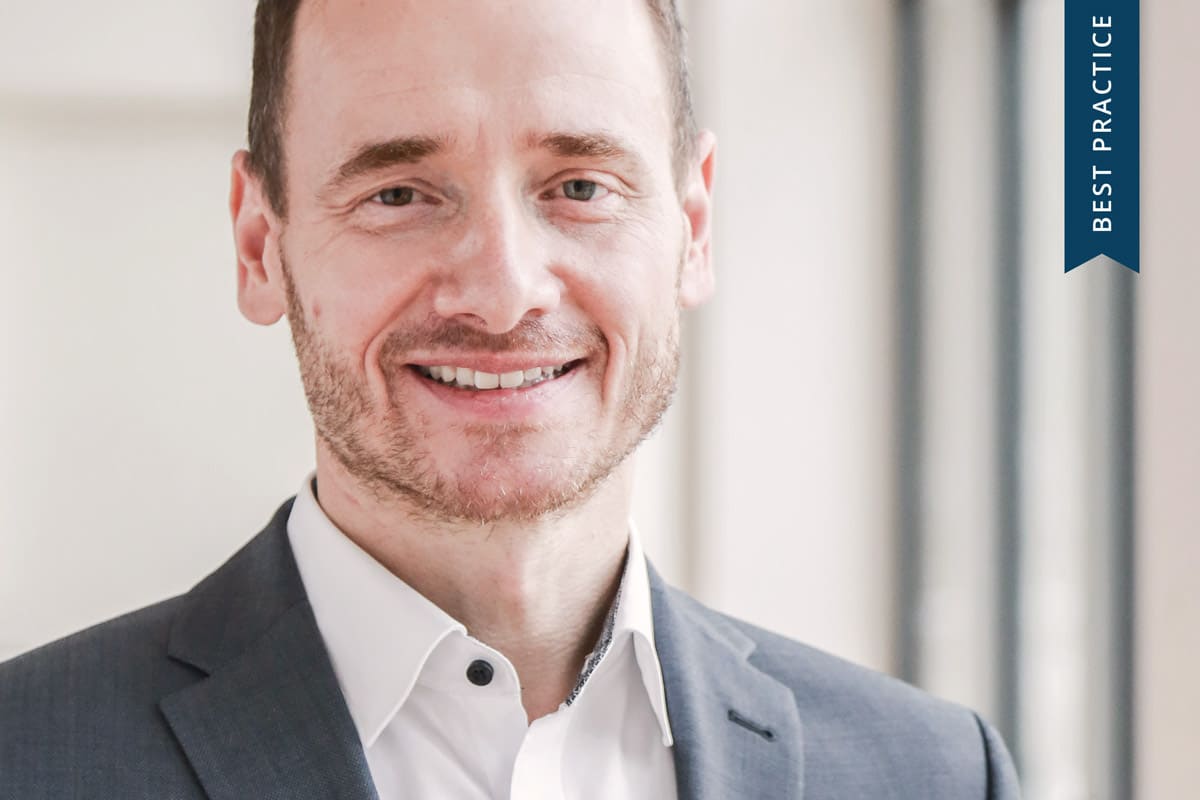What constitutes a corporate culture?
A companyculture is more than defined values, elaborately formulated leadership principles and employee guidelines. Culture is not a template into which employees can be "pressed" in order to act in accordance with the company's values and to identify with the employer. Culture does not make everyone the same and stereotypically calculable or analysable.
This idea of culture as a fixed orientation structure is based on the narrow understanding of culture as national culture, which has been criticised in academia since the 1990s and is considered outdated.
According to the current understanding of science, culture is rather an interpersonal, dynamic structure in the field of tension between process and structure, on which every individual in an organisation has an effect and which, conversely, also has an effect on every individual. Culture connects individual uniqueness with a collective to which each individual feels a sense of belonging. In this way, individual differences are brought together in an appreciative and constructively complementary way with regard to a common affiliation, an overarching commonality.
What opportunities arise from this understanding of culture?
Such a broad cultural understanding Thus, the aim is not to establish structures, but rather to create a Benevolent cooperation within the organisation. This means continuous relationship maintenance in the broadest sense: each member knows his or her place and learns both to accept it and to value all other members in their specific particularity. If this way of dealing with each other is continuously cultivated and promoted, i.e. gradually becomes a habit, then a structural level of the culture can become visible to outsiders and describable with values, principles, guidelines.
Only then will trust grow in what is written down as corporate culture.
What does this mean for change processes?
What is to be achieved at the end of the change process must be broken down into elements of daily interaction. What will change in the way individual staff members interact with each other? Where will there be more contact? Where will interfaces decrease? How will dependencies change due to altered processes? Which activities will be carried out by "external" service providers in the future? In the broad understanding of culture, these are also part of the culture and thus also part of the cultural and organisational development process.
Why does cultural development in change processes have to start at team level?
Fear and insecurity in change processes arise when people assume that the changes will result in essential values are violated and individual spaces are curtailed. Resistance arises when, for example, independence is restricted, competences are curtailed and familiar contacts are lost.
Only the confrontation with the individual team- (and not only corporate)culture makes these things transparent.
What is our added value in organisational development processes?
When we accompany teams and organisations in their development processes, We set the following goals at the various team levels an. We make interactions - even covert ones - transparent and pay attention to the subtle subtleties in everyday interactions - verbal and non-verbal. Together with the teams, we reflect on unconscious assumptions, stereotypes and patterns of perception and work out the benefits of the changes for the teamwork and the company as a whole. In doing so, we focus on the individuality of each team member in an appreciative way and on what unites them.
How we develop organisationsDid you find this article helpful?



